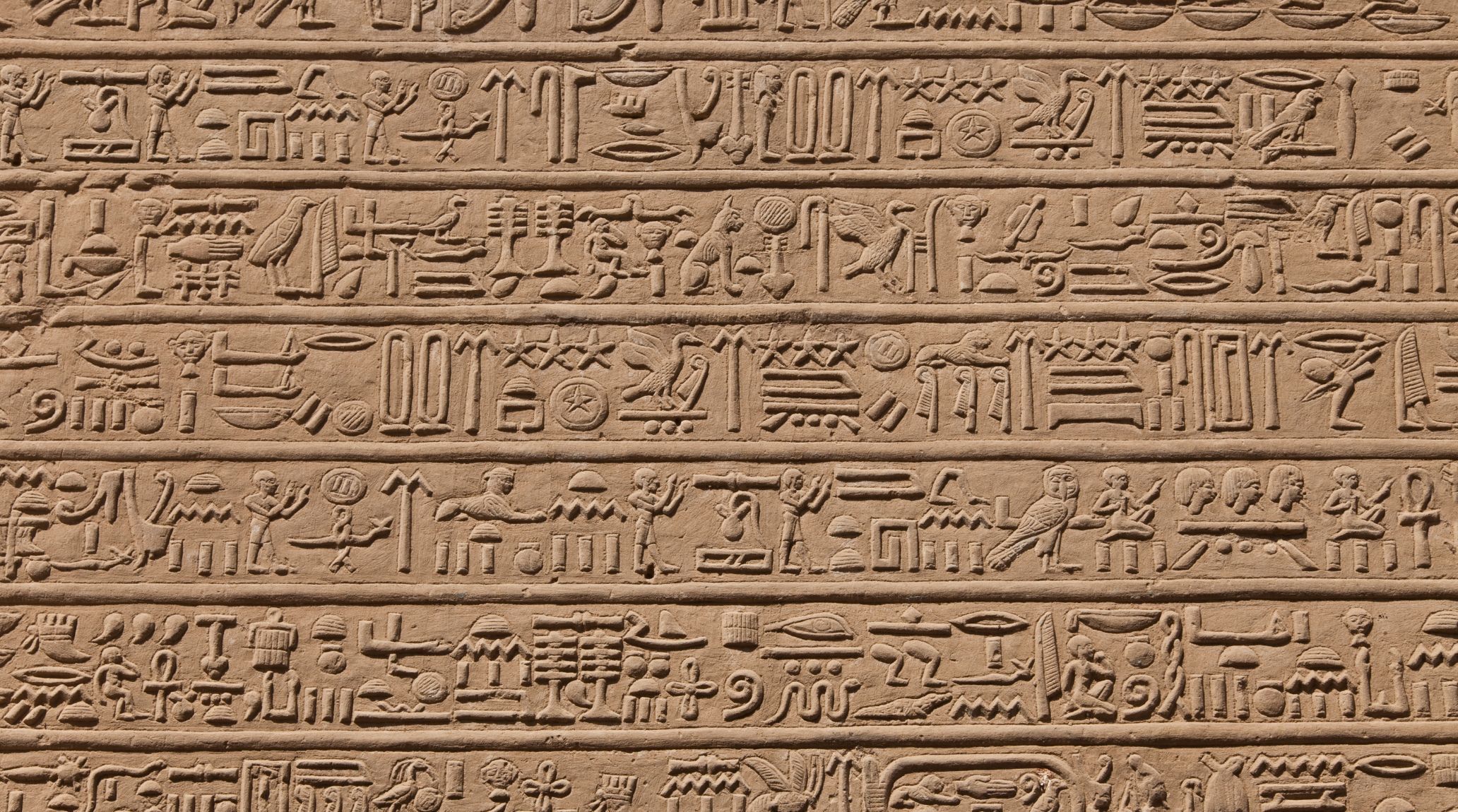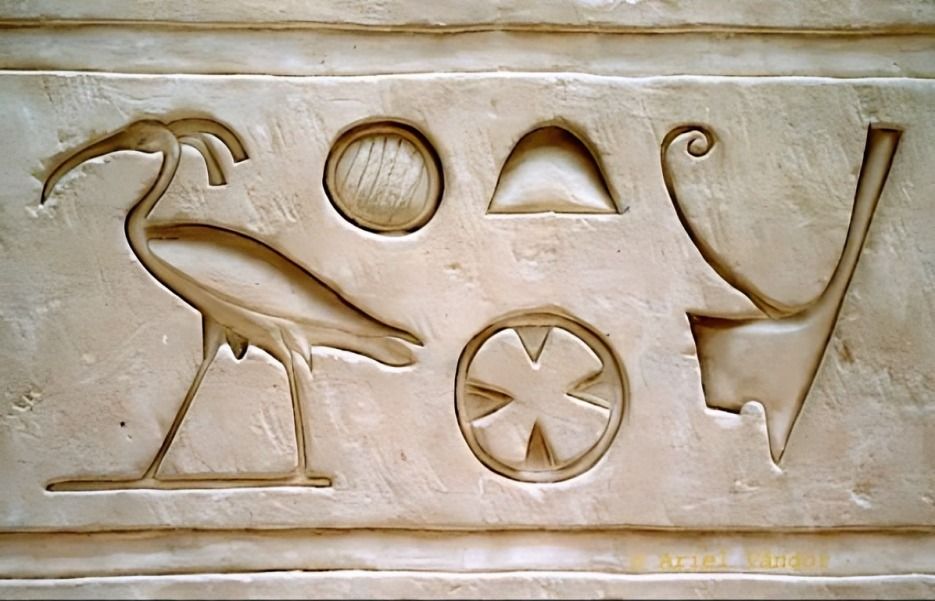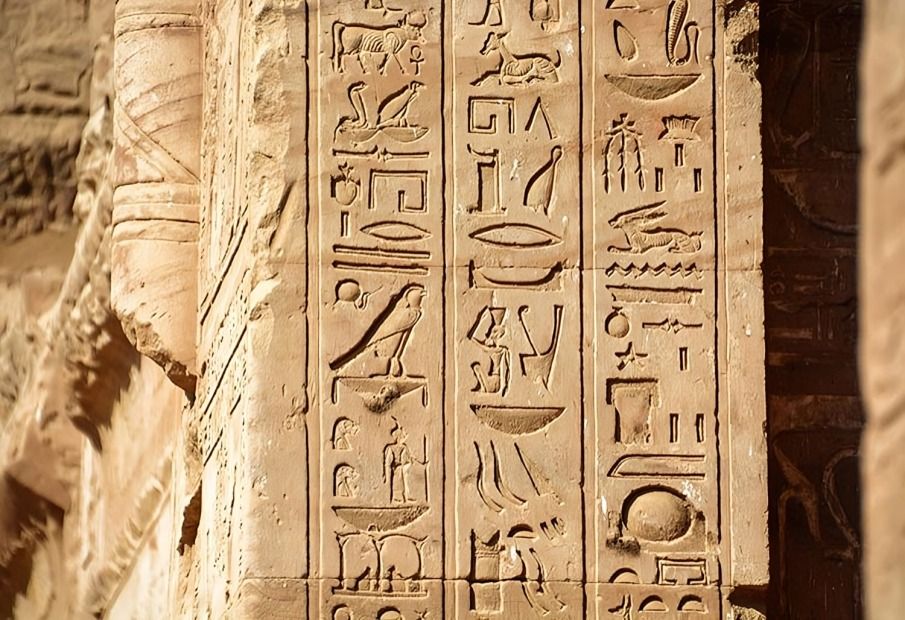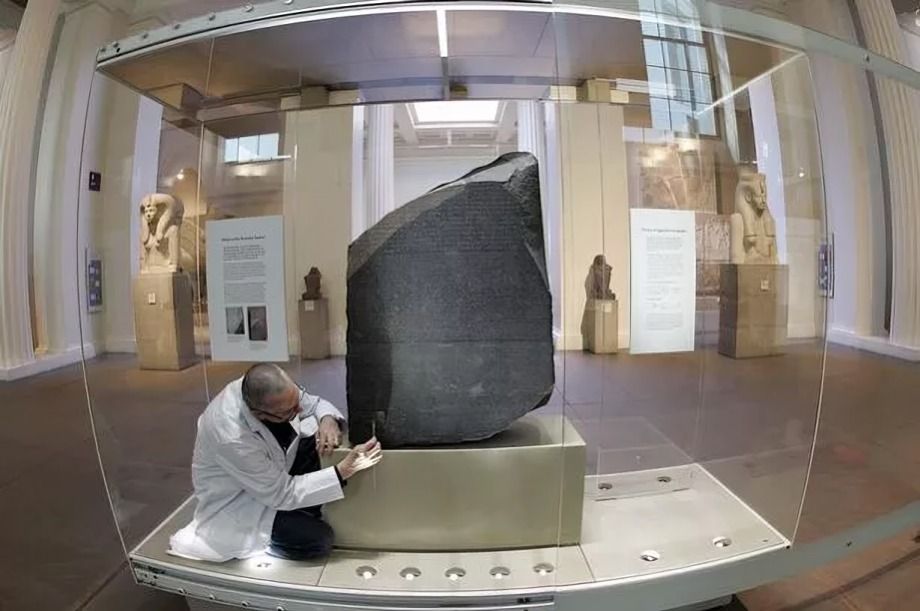
“
The Hieroglyphic Code was a sophisticated and symbolic writing system used by Ancient Egyptians to convey messages and preserve knowledge. In this article, we uncover 20 fascinating facts about the Hieroglyphic Code, offering insights into how Ancient Egyptians communicated through this intricate script.1
1
”
Hieroglyphics began around 3,200 BC and were used by the Egyptians to record trade, food distribution, academic knowledge, and spiritual beliefs. They primarily used lightweight, transportable papyrus scrolls for these records. 1
Hieroglyphs could represent entire words as ‘ideograms’ or individual sounds as ‘phonograms’. Each picture symbol had a specific role in the writing system. This dual function made hieroglyphic writing both versatile and complex. 2

Hieroglyphic symbols may look like pictures of people, animals, and objects, but they often represent sounds, similar to the Roman alphabet. Some hieroglyphs are ideographic signs, representing concepts without corresponding sounds.
The Ancient Egyptians used no punctuation, such as full stops, commas, or question marks. They also didn't include spaces between words in their writing. Their texts flowed continuously without breaks or separators. 3
According to Peter F. Dorman, professor emeritus at the University of Chicago's Oriental Institute, the earliest hieroglyphic writing appears on grave goods from royal tombs at Abydos, predating the historical period. 4
Egyptian hieroglyphs only included consonants, so "Egyptians are cool" would be written as "Gyptns r cl." Today, we use symbols for the closest sounds to represent vowels when writing in hieroglyphs. This adapts the ancient script to modern pronunciation. 5
The ancient Egyptian alphabet had over 700 hieroglyphic symbols, compared to just 26 letters in ours. This vast range of symbols allowed for a more complex and nuanced writing system. Our alphabet is much simpler in comparison. 6

Hieroglyphs were inscribed on tablets, temple walls, and also on papyrus reeds. The reeds were flattened, dried, and glued together to create pages. This allowed for portable and durable writing material.
Most ancient Egyptians were illiterate, with only scribes and priests able to read and write. These specialized roles were responsible for all the writing. Literacy was limited to a small, educated elite. 7
Egyptian hieroglyphs could be written top to bottom or in either direction—right to left or left to right. To determine the reading direction, look at the animal or bird symbols. If they face left, read left to right; if they face right, read right to left. 8
The word "hieroglyph" comes from two Greek words: "hieros," meaning holy, and "glyphe," meaning writing. Thus, "hieroglyph" translates to "holy writing."9
The Rosetta Stone, discovered by French soldiers in 1799, was crucial in deciphering hieroglyphs. It featured the same text in three languages: Middle Egyptian hieroglyphs, Demotic, and Greek. 10

Before the Rosetta Stone's discovery, experts were baffled by ancient Egyptian hieroglyphics, unable to decipher their meanings. The stone, with the same decree in hieroglyphics, Demotic, and Greek, finally enabled Egyptologists to unlock the secrets.
The ancient Egyptians were familiar with the concept of manifestation, believing that writing something down could make it happen. Besides record-keeping, hieroglyphics were used to inscribe spells and prayers to invoke desired outcomes. 11
To simplify writing, the ancient Egyptians developed hieratic script, a cursive form used primarily on papyrus with a pen or brush, and also on limestone ostraca. While it was more convenient for everyday use. 12
When the Macedonian-descended Ptolemies began ruling Egypt in the 300s B.C., Greek replaced Egyptian as the official court language. The decline of hieroglyphics began around 384 A.D. 13
Deciphering hieroglyphic texts is challenging and involves subjective interpretation. The difficulty lies not just in the phonetic signs but in the fact that the full vocalization of ancient Egyptian is not recorded. 14
Understanding hieroglyphics involves not only recognizing symbols but also interpreting their contextual and symbolic meanings. This makes translation both a science and an art. 15
The hieroglyphic script had regional variations and evolved over time. Different periods and locations produced slightly different versions of the script. 16
The ancient Egyptian language had a complex grammatical structure. Hieroglyphs could convey different meanings based on their placement and combination with other symbols. 17


